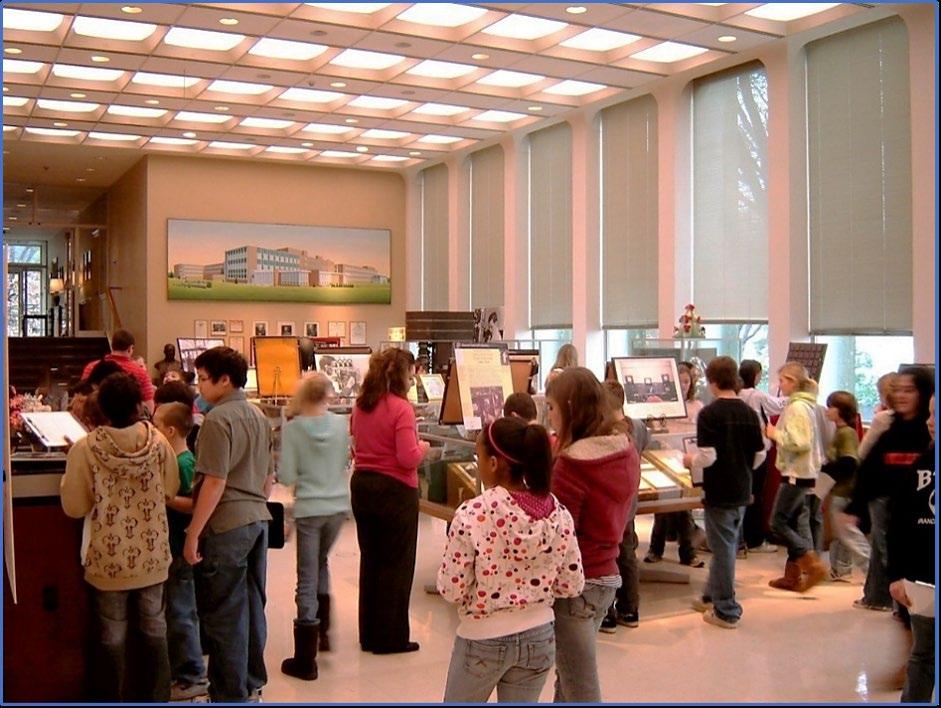at higher orbits, it supercharges our efforts to bring educational opportunities and engineering innovations to Amateur Radio satellite at all orbits to hams around the world. While our LEO satellites help entry level hams become enthusiastic about space communications, our HEO satellites give advanced users the opportunity to push the limits of technology. Both programs are important to AMSAT’s mission of education and scientific advancement.”
Buxton, N0JY, AMSAT Vice President – Engineering leads the development of the GOLF satellite program while Jonathan Brandenburg, KF5IDY, Assistant Vice President – Engineering leads the new Fox+ program. Both RF Engineers and Mechanical Engineers are sought to help bring these programs to fruition. Potential volunteers should refer to https://www.amsat.org/volunteer-for-amsat/ for more information on how they can become part of this exciting move forward.
“AMSAT is indebted to ARDC for helping to bring this effort closer to reality. Still, with this generous award, AMSAT must still fund an additional $231,000 for other hardware development and launch preparation costs for just one GOLF series satellite. Our continued effort to raise funds is essential if we are to Keep Amateur Radio in Space.”
[ANS thanks Frank Karnauskas, N1UW, AMSAT Vice President – Development, for the above information.]
SOURCE AMSAT Press Release, ANS-065 AMSAT News Service Weekly Bulletins. Mar. 6, 2022.
As mentioned above, the new spaceframe is key to the development of the GOLF and Fox+ programs. Jerry
NEWS ITEM
Update from Arecibo
O
n December 1, 2020, the 57-year-old 305-meter Arecibo Telescope structure collapsed after a series of failures of the supporting cables. The following news items update the status of salvage operations and public access.
OBSERVATORY STATUS Cleanup is complete. Scientists and engineers are onsite and continue to work on existing instrumentation, such as the 12-meter telescope, the optical facility and the lidar facility, and they are continuing to analyze and publish the large amount of data that already existed at the time of the 305m telescope collapse. In addition to the studies conducted on the single socket where the first failure occurred, there are two independent broader studies being carried out now. Findings are expected later this year.
management and the contractor managing the emergency cleanup activities to identify possible items of historic significance that could be found within the wreckage, to suggest which large sections of the structural framework to retain, and to make initial recommendations about conservation, display, and educational outreach aspects of the retrieved material. The AOSSC developed a database of high-priority items for the search, and catalogued the actual pieces collected during the emergency cleanup. The debris removal was documented from site surveys and drone footage to provide a record of the process and where possible, the condition of the wreckage around the recovered artifacts. Final committee recommendations include the need for action to protect the artifacts from further damage or corrosion, distribution of historic and technical information about the instruments and structural elements to museums and universities, and formation of a follow-on group to consider the long-term preservation and educational potential of the recovered material. A copy of the report is available at https://www.naic.edu/documents/ AOSSC_REPORT_FINAL20220325.pdf.
THE ARECIBO OBSERVATORY SURVEY SALVAGE COMMITTEE REPORT On April 11, the Arecibo Observatory Survey Salvage Committee issued its report. On December 1, 2020, the 57-year-old 305-meter Arecibo Telescope structure collapsed after a series of failures of the supporting cables. The suspended platform struck the ground and the side of the natural depression in which it was constructed, with most of the scientific instruments housed beneath the azimuth arm badly damaged. The University of Central Florida (UCF) and the US National Science Foundation (NSF) chartered the Arecibo Observatory Survey Salvage Committee (AOSSC) to work with the Observatory
SPRING 2022 PROCEEDINGS
43
www.radioclubofamerica.org




















